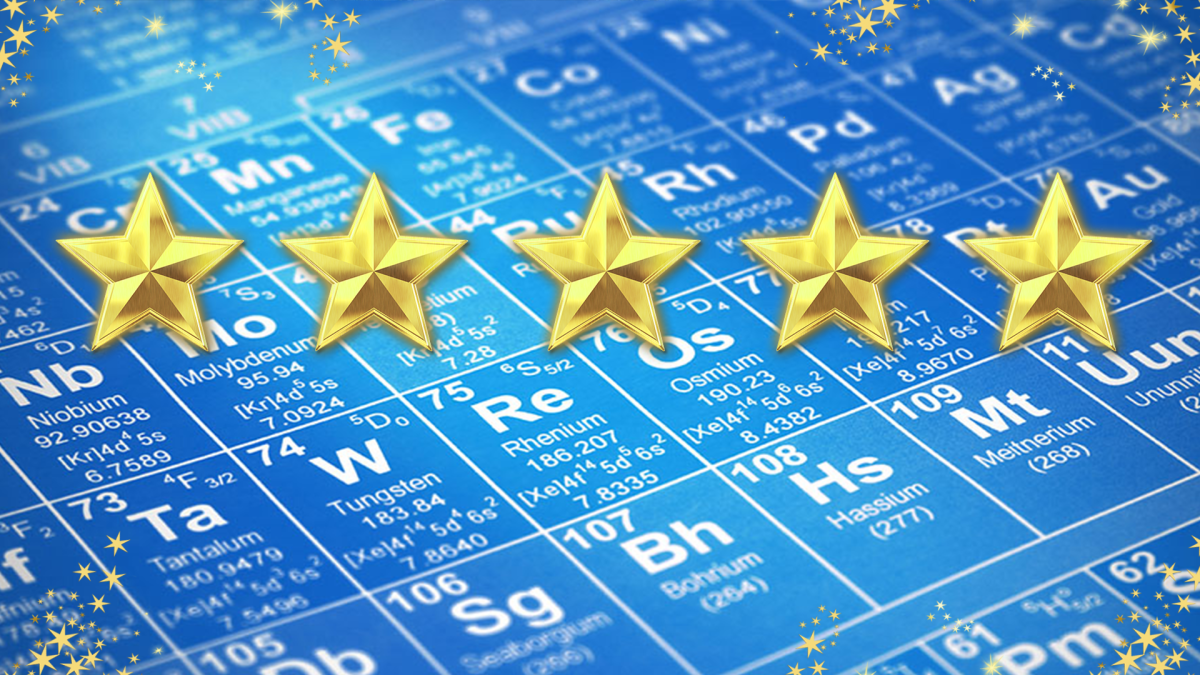
Matter, Mass, Density
by Nina Hipps
This lesson starts by discussing/learning what is matter, the states of matter, and the properties of matter. It continues with what is mass and how to measure it. Two labs follow: density of solids and density of liquids. Students will need triple beam balances, density blocks, cm ruler, grad. cylinders, liquid samples, calculators. They will find the mass, volume, and density of solid and liquid samples in this hands-on lesson.
Lesson Grade Level
6th GradeLesson Plan Link/URL
https://docs.google.com/presentation/d/1QBG5BmmwM8CUmKBcQXmhsQl4KEmyFdEI/edit?u…Subject Area
Science Physical Science P1: Matter Technology 5. Computational Thinker Mathematics Measurement and Data (MD) The Number System (NS) English Language Arts (ELA) Reading (Informational Text)
Featured
Off
Related Content

Grades:
6th Grade, 7th Grade, 8th Grade
Students will learn the importance of clear, precise communication by directing a partner to navigate a drone through an obstacle course. This exercise will draw parallels to writing clear and

Grades:
9th Grade, 10th Grade, 11th Grade, 12th Grade
The first rule in the chemistry lab is “don’t eat or drink or lick anything in the lab”! This lesson breaks those rules and shows students how culinary is really a practical application of chemistry

Grades:
9th Grade, 10th Grade, 11th Grade
A common challenge in Thermodynamic Chemistry is how do endo vs. exothermic reactions FEEL. Students will conduct three different chemical reactions to collect data and observations about the